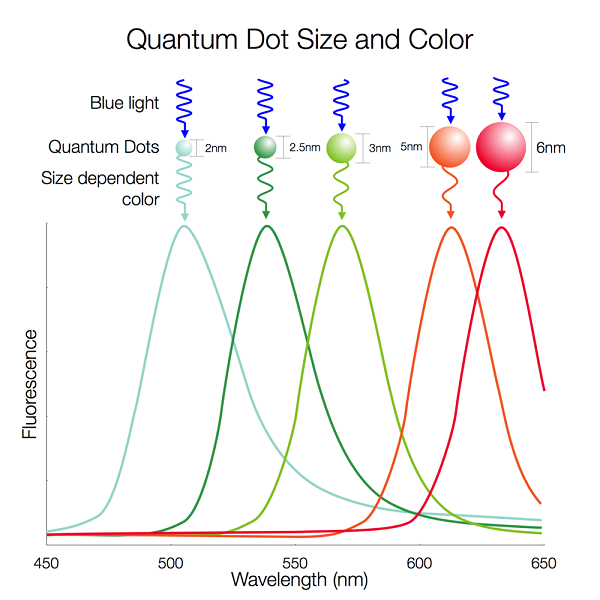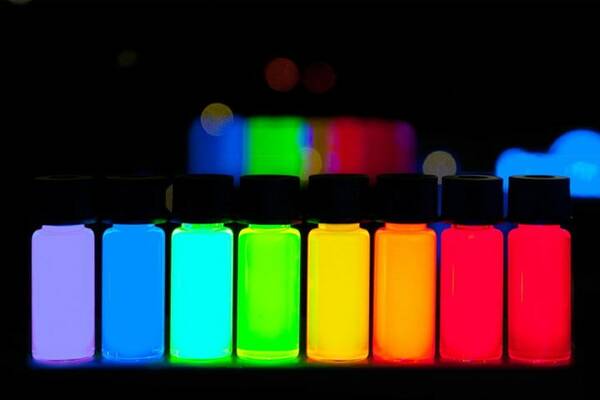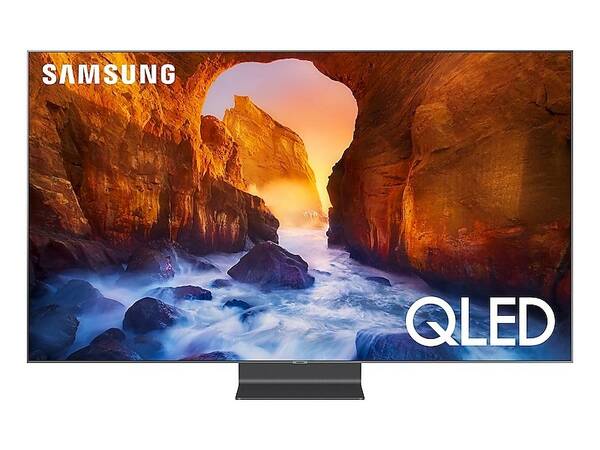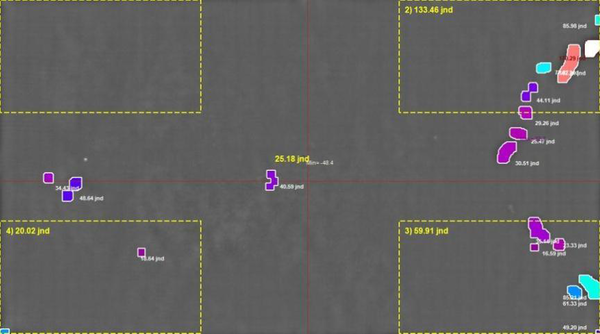Quantum Dots: Nanotechnology Meets Displays
The 2018 Marvel movie Ant-Man and the Wasp played around with concepts of quantum entanglement, the quantum realm, and quantum energy. At one point, Ant-Man exclaimed to his two co-conspirators: “Do you guys just put the word ‘quantum’ in front of everything?”
While the quantum “science” of the movies isn’t always 100% accurate (as explained by Ant-Man’s science advisor, an actual quantum physicist), real-world scientists and engineers have been making big strides in recent years to apply quantum discoveries and nanotechnologies to areas such as computing, sensing, cryptology, metrology, and imaging.
If you’ve spent much time around the display industry recently, you’ve likely heard about something called quantum dots and new "QLED" technologies being used to create displays with brighter, more colorful, and more realistic visual images.
Quantum Dots
Essentially, quantum dots are tiny semiconductors, each just a single nanoparticle (nanocrystal) ranging from 2-10 nanometers (nm) in diameter. Because of their small size, these nanoparticles possess unique optical and electrical properties—for example, when exposed to light they can emit pure, monochromatic light (red, blue, and green), where the color of the light depends on the size of the nanoparticle. Quantum dots have a diverse application, beyond displays, and can be used for fluorescence, photonics, and electrochemical applications.

The color of a quantum dot depends on the size of the particle; different sizes produce different wavelengths. Photo source: Nanosys
There are two types of dots: electro-emissive (electroluminescent) and photo-emissive. Photo-emissive quantum dots can be used in a display layer that converts monochromatic blue light from an LED backlight to emit pure colors for LCD screens. Electro-emissive quantum dots are being used as light-emitting diodes, similar to active-matrix organic light-emitting diode (AMOLED) or microLED displays, but televisions using electro-emissive particles are still experimental. To learn more about the physics behind quantum dots displays, refer to this whitepaper from Samsung.

Vials containing quantum dots: fluorescent nanoparticles of semiconducting material. Image credit: PlasmaChem
Quantum Display Applications
Scientists and display industry innovators have been exploring quantum dot technology since the early 2000s, excited by their potential for creating a larger producible color gamut with ultra-deep colors. With the advent of wide-color gamut and HDR televisions, demand has increased for displays capable of a larger number of saturated colors. Because of their ability to generate spectrally pure wavelengths of light, quantum dots can reach nearly 100% of the Rec. 2020 (BT2020) color gamut, as well as 100% DCI-P3 coverage.
Quantum dots are also extremely energy efficient, so a display (especially a large display like a television screen) using quantum dot technology can produce brighter whites with less energy. Commercial quantum displays available on the market today are all of the “QLED” type, pioneered by Samsung, who released the first QLED TVs at CES in 2017.
QLED displays use the photo-emissive type of quantum dot, as described above. In these displays, a photo-emissive quantum-dot layer acts as a filter to refine the color temperature and enhance brightness of light produced by the backlight. Instead of the white backlight used in standard LED displays, quantum dot panels use an energy efficient blue LED backlight. The LED emits blue light, so there are blank pixels to allow the blue light to pass through. Red and green quantum dots are on the top filter layer and use the energy of the backlight to generate red and green hues in the display. This allows for very precise color tuning (based on the size of the dots) to produce the larger color gamut.

Samsung’s 2019 65” QLED 4K Ultra-HD television.
It's important to note that quantum dots in QLED displays are not producing light on their own, despite the presumption about display with "light emitting"" in the title (instead, the the "LED" in QLED refers to the LED backlight). In many ways the performance of QLED compares favorably to the latest emissive display technology, OLED (organic light emitting diodes). If emissive quantum dots (of the electro-emissive variety), can replace the quantum filter (of the photo-emissive variety), display performance and energy efficiency of quantum-dot displays could be increased. Called direct-view quantum dot displays, these screens of the future could produce the ultimate contrast ratios, color gamut, black levels, and brightness with unprecedented energy efficiency.
Quantum Display Quality and Performance
While they may offer superior performance, quantum-dot displays are still be subject to the same quality issues as traditional displays. Dead pixels, mura (blemishes), and non-uniformity can mar the viewing experience if not identified and corrected during production. Radiant’s ProMetric® Imaging Photometers and Colorimeters measure display performance and uniformity down to the pixel and sub-pixel level, matching the acuity and discernment of human visual perception. For example, we have developed a proprietary method for measuring and correcting pixel-to-pixel variation in OLED, microLED, and similar types of emissive displays.

Mura identified on a display using Radiant’s TrueTest™ Software.
Our FPD conoscope lens enables high-resolution photopic measurement of the angular distribution of color, luminance, and contrast for flat panel displays and display components, including those based on LCD and OLED technologies, as well as backlights. All of our display measurement solutions provide quick, accurate results, making each system ideal for R&D projects and automated in-line production quality control.
Read more about Radiant's solutions for display inspection and how we help leading brands continue to ensure absolute quality for the next generation of displays.
Join Mailing List
Stay up to date on our latest products, blog content, and events.
Join our Mailing List
